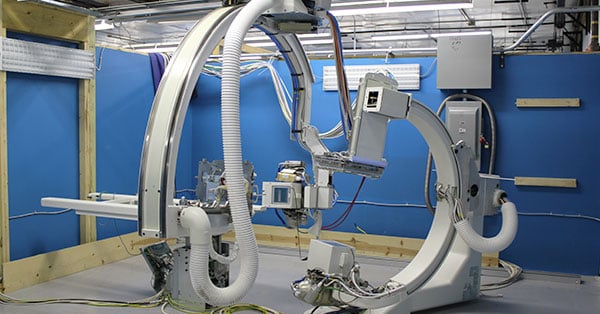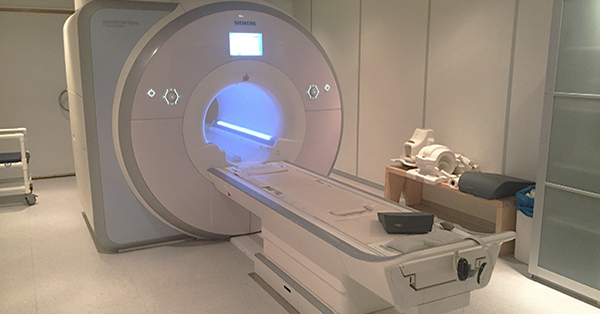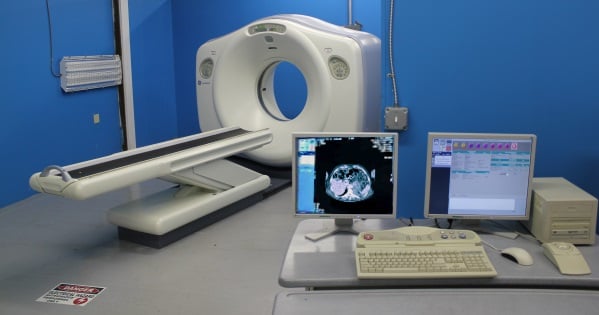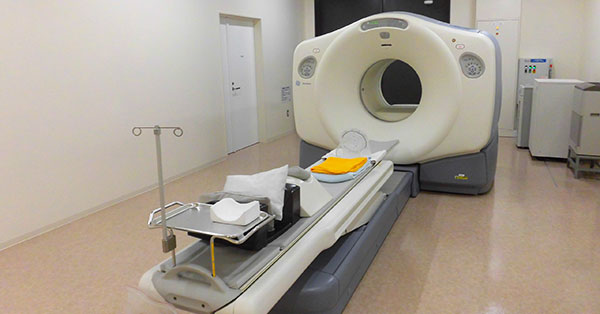
For those entering the cath lab market for the first time, there are scads of options on the table as you begin doing your homework and narrowing down the field. One of the major options you'll run across is whether you want a single or bi-plane cath lab system. To help you make that determination, we've compiled a short list of things you should know first.
Single and bi-plane cath labs differ from one another in several main ways:
- Image Acquisition Speed
- Specialization
- Space Requirements
- Site Preparation
- Cost
Image Acquisition Speed
Because bi-plane systems capture image data from detectors on two axes, they are able to acquire 3D images faster. This is especially useful in neurovascular and electrophysiology (EP) procedures. Single-plane labs are also capable of 3D imaging, but the time it takes the C-arm to move and the software’s reconstruction process cause a delay. While 3D is a standard feature of a bi-plane lab, it's an added feature on single-plane labs that requires additional OEM software and hardware.
Specialization
The type of work you plan to use your lab for will have at least as much (if not more) weight in your decision between a bi-plane and a single-plane cath lab as any other difference we'll discuss here. Bi-plane and single-plane cath labs are designed with certain specialties in mind. If your facility is planning for a dedicated neuro or EP lab, for example, you'd be best served by a bi-plane system. And if other study types come into that room on occasion, you can adjust settings to use only one of your system's C-arms.
If your work leans in a more general/blended direction (balloons, stents, angio runs, etc.) a single-plane lab can be flexible across a number of specialties. If you still plan to do neuro or EP studies, but a bi-plane lab just isn't in your budget, allocating some spending to properly equip a single-plane lab can make it capable of handling that type of work as well.
Space Requirements
With a second C-arm and the cabinets of electronics required to run it, anyone would guess that a bi-plane system has a larger footprint than a single-plane system, but many don't realize how much bigger. Take for instance the GE Innova series: GE recommends a space almost 200 square feet larger for bi-plane! There are, however, exceptions in this area. The Philips FD20/20 fits in a space only slightly larger than its single-plane counterpart, the FD20.
Considering GE cath? See the room dimensions you need here.
If the work you're planning to do calls for bi-plane technology, don’t get scared by these dimensions. Experienced installers can do a lot to get either version of a system into more conservative spaces, but be aware that you might need more room than you think.
Cath Lab Site Preparation
I’m sure you can probably guess what this paragraph is going to say: double the c-arms = double the site prep. That might be an oversimplification, but there will be significantly more involved in getting your space ready for a bi-plane cath lab. There needs to be a ceiling support installed for the second c-arm, additional rigging is necessary, and the system has an overall larger footprint.
Any cath lab has both ceiling (monitors, maybe the gantry) and floor-mounted (table, maybe gantry) components. For a bi-plane, you have to plan for both a floor and a ceiling-mounted gantry. In the case of the Innova biplane, there’s around 2,000 lbs of additional weight hanging from the ceiling vs. its single plane counterpart, including the ceiling “Lateral Positioner” (gantry), additional rails, and additional monitors.
Cost Difference
Bi-plane cath labs simply come with more "stuff", therefore they cost more than single-plane systems. However, while there are double the critical components (tubes, collimators, detectors, computers), service pricing isn't twice as much. Currently, service coverage for a bi-plane cath lab averages 25-30% higher than service for a single-plane system.
The Takeaway
The decision between bi-plane and single-plane is one of many you'll need to make when selecting the best cath lab for your facility's needs, but if your facility will be focusing on heart and/or brain work, the imaging advantages they offer probably make a bi-plane lab worth the extra cost and preparation.
If you have additional questions about choosing the right equipment, please don't hesitate to contact us for advice about your options.

Kenn Dextrom
Kenn Dextrom is the Director of Product Manager at Block Imaging. He aims to provide clear direction and careful planning for Interventional Cath Lab buyers and working with the Block Imaging product team to provide excellent solutions for our customers. Out of the office, he spends most of his time keeping up with his wife and their three energetic sons.






